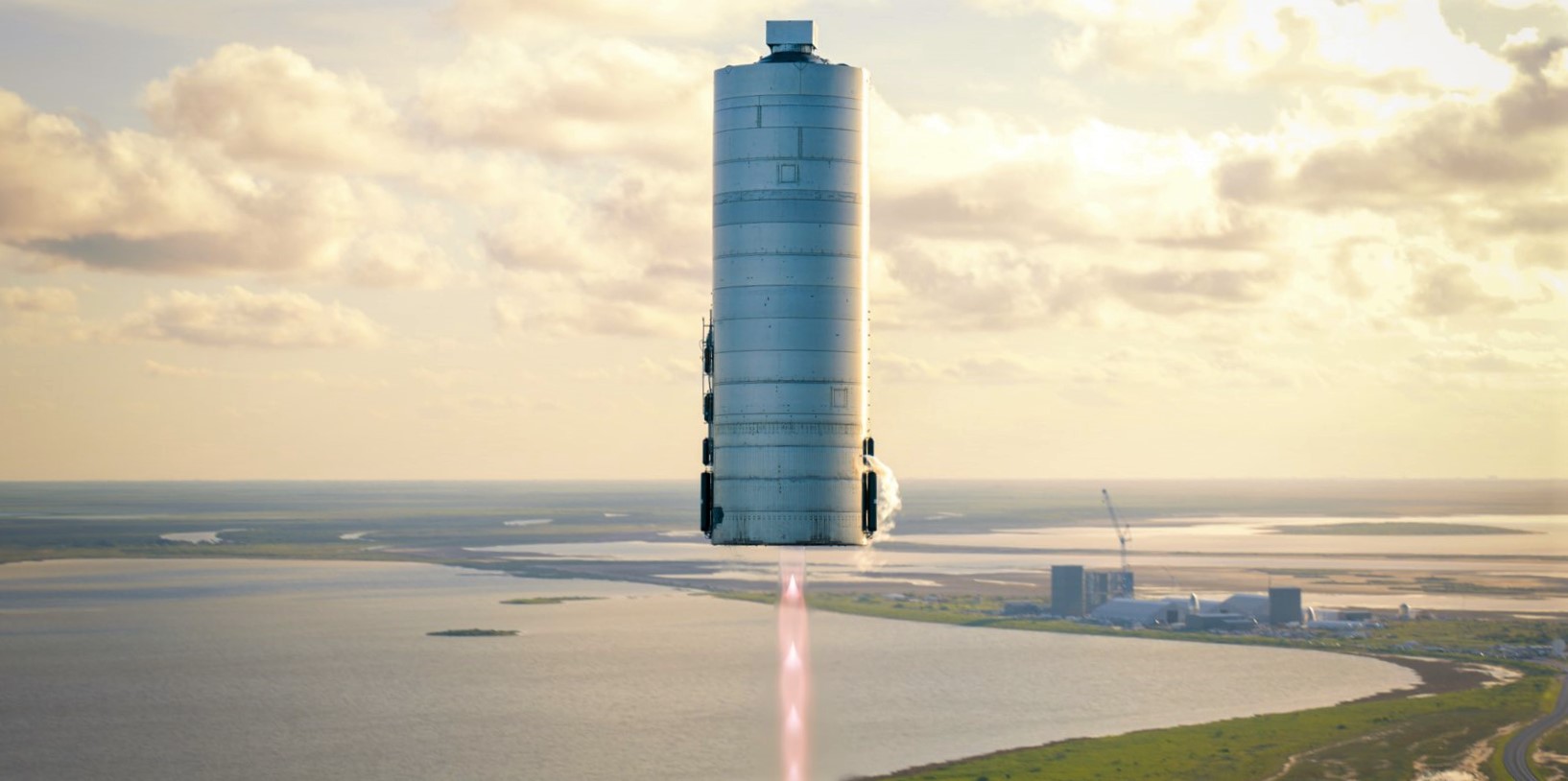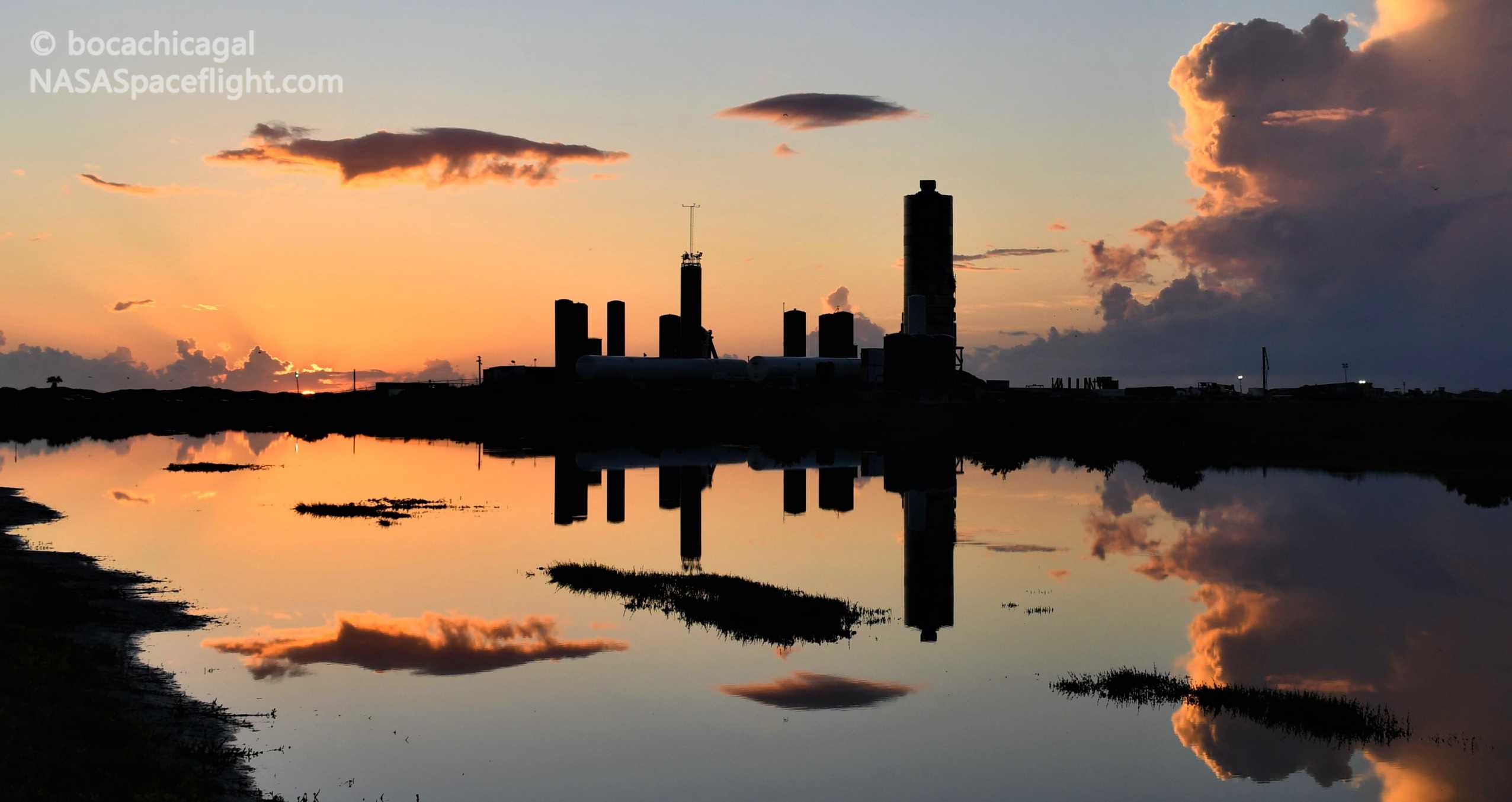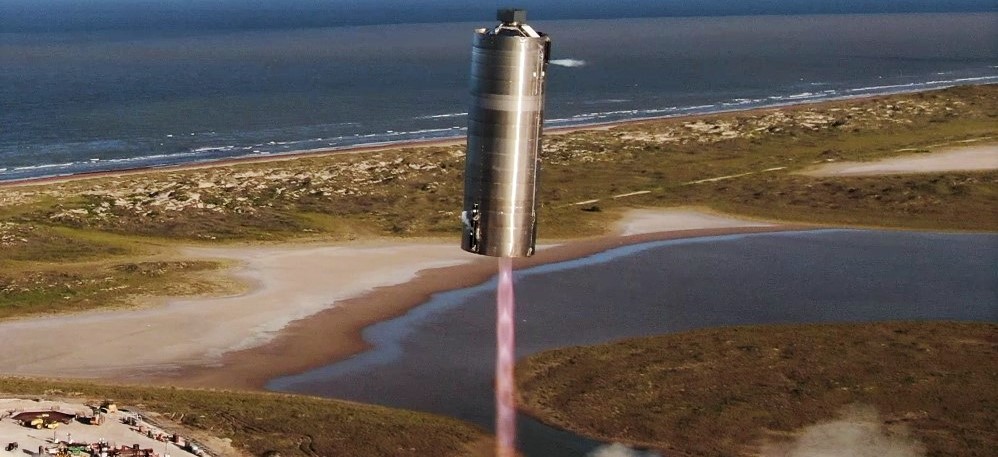

News
SpaceX is hiring a Spaceport resort developer for its Texas rocket factory
SpaceX has big plans to ferry travelers to Mars in the near future, and part of that venture looks to include luxury accommodations while customers spend time with the company on Earth. A recent job board posting for a “Resort Development Manager” has come to light, specifically referring to a project at the launch provider’s Boca Chica Village location in Texas.
“SpaceX is committed to developing this town into a 21st century Spaceport. We are looking for a talented Resort Development Manager to oversee the development of SpaceX’s first resort from inception to completion,” the posting states. Notably, SpaceX is looking for candidates with experience in “high end brand luxury development,” which is perhaps a nod towards the types of customers the company expects to attract.
A small coastal community located on Texas’s southernmost tip, Boca Chica Village is where SpaceX has been developing and testing the company’s Mars-bound rocket named Starship. Facility development at the site has gone quite fast over the last few months, as is the usual Elon Musk-led company fashion, featuring new semi-automated welding machines, upgraded production equipment, and two massive sprung structures (i.e. tents). A ramp in hiring also began in February this year, including a career day to staff production shifts for 24/7 operations.

SpaceX’s rocket factory in Texas has gained a bit of notoriety since moving into the area, specifically when a Starship prototype (SN4) exploded following a static fire test in May this year. However, it looks as though most of the (literal) kinks have been worked out, culminating in a picture-perfect hop test last week. This latest test was preceded by several several prototype and tank tests, and SpaceX is now quickly moving forward with yet another prototype (SN8) build from a different steel alloy altogether.
The Texas and Florida-based rocket maker specifically labeling its new project as a Spaceport may be related to a goal Musk previously referenced. “SpaceX is building floating, superheavy-class spaceports for Mars, moon & hypersonic travel around Earth,” the CEO stated on Twitter in June. He was replying to a tweet describing yet another job board posting, this one for “Offshore Operations Engineers” to work at the Texas site.

SpaceX published concepts for floating launch facilities in 2017 which measured at least 300m (1000 ft) long and about 100m (330 ft) wide, and they are assumed to be the floating ports in question. The size of the intended rockets to be serviced on the pads would also hint towards being several miles off shore for safety purposes. But in another interesting difference, including the “Resort” in the most recent job description may further indicate either an expansion to the rocket island concept or a separate project entirely.
SpaceX is hiring a “Resort Development Manager” to develop the Boca Chica Village in Texas “into a 21st century Spaceport” and the company’s first resort. https://t.co/AEfUaCIVGr pic.twitter.com/rhJqq2rnIV
— Michael Sheetz (@thesheetztweetz) August 10, 2020
A comparable destination may be Spaceport America, the first purpose-built commercial spaceport in the world, located in New Mexico. That facility comprises 6,000 square miles of restricted airspace, a 12,000 foot runway, and vertical launch complexes to support multiple customers needing aerospace testing and launch capabilities. Visitors may only come for guided tours of the Spaceport, however, as it’s closed off to the public for a variety of legal and security reasons. If SpaceX’s Spaceport has similar restrictions, perhaps the Resort will be for space-bound customers and business relations only.
Every autumn since the 2016 International Astronautical Congress (IAC), Musk has presented an annual update on the status of SpaceX’s next-generation Starship launch vehicle. The tradition looks to be continued this September, as indicated in a recent tweet by the CEO, despite challenges brought on by the Coronavirus pandemic. Details about future Resort plans will hopefully be provided at that time.

News
Tesla starts showing how FSD will change lives in Europe
Local officials tested the system on narrow country roads and were impressed by FSD’s smooth, human-like driving, with some calling the service a game-changer for everyday life in areas that are far from urban centers.

Tesla has launched Europe’s first public shuttle service using Full Self-Driving (Supervised) in the rural Eifelkreis Bitburg-Prüm region of Germany, demonstrating how the technology can restore independence and mobility for people who struggle with limited transport options.
Local officials tested the system on narrow country roads and were impressed by FSD’s smooth, human-like driving, with some calling the service a game-changer for everyday life in areas that are far from urban centers.
Officials see real impact on rural residents
Arzfeld Mayor Johannes Kuhl and District Administrator Andreas Kruppert personally tested the Tesla shuttle service. This allowed them to see just how well FSD navigated winding lanes and rural roads confidently. Kruppert said, “Autonomous driving sounds like science fiction to many, but we simply see here that it works totally well in rural regions too.” Kuhl, for his part, also noted that FSD “feels like a very experienced driver.”
The pilot complements the area’s “Citizen Bus” program, which provides on-demand rides for elderly residents who can no longer drive themselves. Tesla Europe shared a video of a demonstration of the service, highlighting how FSD gives people their freedom back, even in places where public transport is not as prevalent.
What the Ministry for Economic Affairs and Transport says
Rhineland-Palatinate’s Minister Daniela Schmitt supported the project, praising the collaboration that made this “first of its kind in Europe” possible. As per the ministry, the rural rollout for the service shows FSD’s potential beyond major cities, and it delivers tangible benefits like grocery runs, doctor visits, and social connections for isolated residents.
“Reliable and flexible mobility is especially vital in rural areas. With the launch of a shuttle service using self-driving vehicles (FSD supervised) by Tesla in the Eifelkreis Bitburg-Prüm, an innovative pilot project is now getting underway that complements local community bus services. It is the first project of its kind in Europe.
“The result is a real gain for rural mobility: greater accessibility, more flexibility and tangible benefits for everyday life. A strong signal for innovation, cooperation and future-oriented mobility beyond urban centers,” the ministry wrote in a LinkedIn post.
News
Tesla China quietly posts Robotaxi-related job listing
Tesla China is currently seeking a Low Voltage Electrical Engineer to work on circuit board design for the company’s autonomous vehicles.

Tesla has posted a new job listing in Shanghai explicitly tied to its Robotaxi program, fueling speculation that the company is preparing to launch its dedicated autonomous ride-hailing service in China.
As noted in the listing, Tesla China is currently seeking a Low Voltage Electrical Engineer to work on circuit board design for the company’s autonomous vehicles.
Robotaxi-specific role
The listing, which was shared on social media platform X by industry watcher @tslaming, suggested that Tesla China is looking to fill the role urgently. The job listing itself specifically mentions that the person hired for the role will be working on the Low Voltage Hardware team, which would design the circuit boards that would serve as the nervous system of the Robotaxi.
Key tasks for the role, as indicated in the job listing, include collaboration with PCB layout, firmware, mechanical, program management, and validation teams, among other responsibilities. The role is based in Shanghai.
China Robotaxi launch
China represents a massive potential market for robotaxis, with its dense urban centers and supportive policies in select cities. Tesla has limited permission to roll out FSD in the country, though despite this, its vehicles have been hailed as among the best in the market when it comes to autonomous features. So far, at least, it appears that China supports Tesla’s FSD and Robotaxi rollout.
This was hinted at in November, when Tesla brought the Cybercab to the 8th China International Import Expo (CIIE) in Shanghai, marking the first time that the autonomous two-seater was brought to the Asia-Pacific region. The vehicle, despite not having a release date in China, received a significant amount of interest among the event’s attendees.
Elon Musk
Elon Musk and Tesla AI Director share insights after empty driver seat Robotaxi rides
The executives’ unoccupied tests hint at the rapid progress of Tesla’s unsupervised Robotaxi efforts.

Tesla CEO Elon Musk and AI Director Ashok Elluswamy celebrated Christmas Eve by sharing personal experiences with Robotaxi vehicles that had no safety monitor or occupant in the driver’s seat. Musk described the system’s “perfect driving” around Austin, while Elluswamy posted video from the back seat, calling it “an amazing experience.”
The executives’ unoccupied tests hint at the rapid progress of Tesla’s unsupervised Robotaxi efforts.
Elon and Ashok’s firsthand Robotaxi insights
Prior to Musk and the Tesla AI Director’s posts, sightings of unmanned Teslas navigating public roads were widely shared on social media. One such vehicle was spotted in Austin, Texas, which Elon Musk acknowleged by stating that “Testing is underway with no occupants in the car.”
Based on his Christmas Eve post, Musk seemed to have tested an unmanned Tesla himself. “A Tesla with no safety monitor in the car and me sitting in the passenger seat took me all around Austin on Sunday with perfect driving,” Musk wrote in his post.
Elluswamy responded with a 2-minute video showing himself in the rear of an unmanned Tesla. The video featured the vehicle’s empty front seats, as well as its smooth handling through real-world traffic. He captioned his video with the words, “It’s an amazing experience!”
Towards Unsupervised operations
During an xAI Hackathon earlier this month, Elon Musk mentioned that Tesla owed be removing Safety Monitors from its Robotaxis in Austin in just three weeks. “Unsupervised is pretty much solved at this point. So there will be Tesla Robotaxis operating in Austin with no one in them. Not even anyone in the passenger seat in about three weeks,” he said. Musk echoed similar estimates at the 2025 Annual Shareholder Meeting and the Q3 2025 earnings call.
Considering the insights that were posted Musk and Elluswamy, it does appear that Tesla is working hard towards operating its Robotaxis with no safety monitors. This is quite impressive considering that the service was launched just earlier this year.








